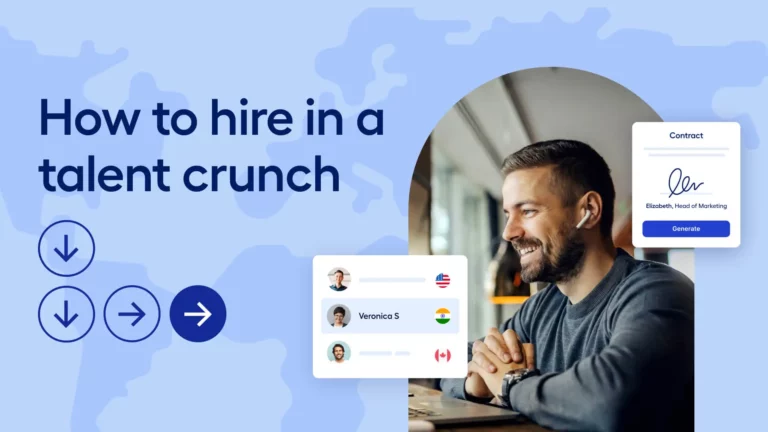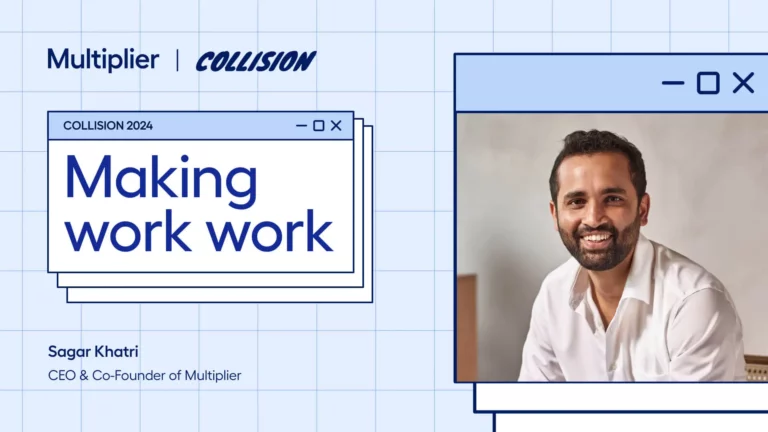Employee transfer
What is Employee Transfer?
Employee transfer is the movement of an employee from one job, department, or location to another within the same organization. Transfers are often used as a strategic tool for human resource management, aimed at optimizing the workforce, addressing organizational needs, or fulfilling employee development goals. Transfers can be temporary or permanent, depending on the specific circumstances and organizational requirements.
Process and Procedures
The process of transferring employees involves several key steps: identifying the need for a transfer, selecting the employee based on skills and organizational needs, discussing the transfer with the employee, and finally, executing the transfer. This includes updating employment records, arranging for any necessary training, and ensuring the employee is adequately supported in their new role. Clear communication throughout the process is essential to ensure the transfer is successful and mutually beneficial.
Benefits and Advantages
Transfers can provide numerous benefits to both the organization and the employee. For the organization, transfers can help balance workforce skills across departments, address performance issues, or fill gaps in critical areas without the need to hire externally. For employees, transfers can offer career development opportunities, exposure to new areas of the business, and increased job satisfaction through varied experiences.
Challenges and Best Practices
One challenge of managing employee transfers is ensuring that the process is fair and transparent, which helps prevent any perception of favoritism or discrimination. Best practices include developing a clear policy on transfers, considering employee preferences and career goals, and providing support such as relocation assistance if the transfer involves a change in geographic location. Monitoring the impact of the transfer on both the individual and the organization is also crucial for ongoing success.
Strategic Importance
Strategically, employee transfers are an important tool for talent management and organizational flexibility. They enable businesses to adapt to changing market conditions, promote knowledge sharing and innovation, and enhance employee engagement by providing growth opportunities. When managed effectively, employee transfers can strengthen the organization’s ability to achieve its long-term objectives while supporting the career progression of its workforce.
Ready to take the leap? Choose Multiplier as your EOR partner




